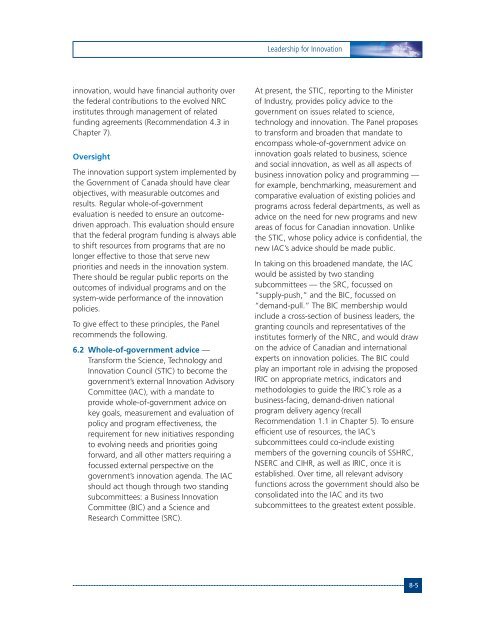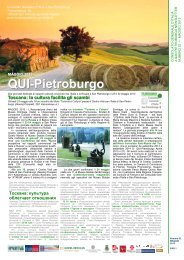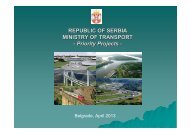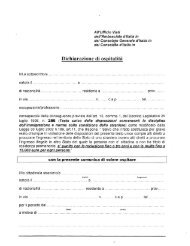Innovation Canada: A Call to Action
Innovation Canada: A Call to Action
Innovation Canada: A Call to Action
You also want an ePaper? Increase the reach of your titles
YUMPU automatically turns print PDFs into web optimized ePapers that Google loves.
Leadership for <strong>Innovation</strong>innovation, would have financial authority overthe federal contributions <strong>to</strong> the evolved NRCinstitutes through management of relatedfunding agreements (Recommendation 4.3 inChapter 7).OversightThe innovation support system implemented bythe Government of <strong>Canada</strong> should have clearobjectives, with measurable outcomes andresults. Regular whole-of-governmentevaluation is needed <strong>to</strong> ensure an outcomedrivenapproach. This evaluation should ensurethat the federal program funding is always able<strong>to</strong> shift resources from programs that are nolonger effective <strong>to</strong> those that serve newpriorities and needs in the innovation system.There should be regular public reports on theoutcomes of individual programs and on thesystem-wide performance of the innovationpolicies.To give effect <strong>to</strong> these principles, the Panelrecommends the following.6.2 Whole-of-government advice —Transform the Science, Technology and<strong>Innovation</strong> Council (STIC) <strong>to</strong> become thegovernment’s external <strong>Innovation</strong> AdvisoryCommittee (IAC), with a mandate <strong>to</strong>provide whole-of-government advice onkey goals, measurement and evaluation ofpolicy and program effectiveness, therequirement for new initiatives responding<strong>to</strong> evolving needs and priorities goingforward, and all other matters requiring afocussed external perspective on thegovernment’s innovation agenda. The IACshould act though through two standingsubcommittees: a Business <strong>Innovation</strong>Committee (BIC) and a Science andResearch Committee (SRC).At present, the STIC, reporting <strong>to</strong> the Ministerof Industry, provides policy advice <strong>to</strong> thegovernment on issues related <strong>to</strong> science,technology and innovation. The Panel proposes<strong>to</strong> transform and broaden that mandate <strong>to</strong>encompass whole-of-government advice oninnovation goals related <strong>to</strong> business, scienceand social innovation, as well as all aspects ofbusiness innovation policy and programming —for example, benchmarking, measurement andcomparative evaluation of existing policies andprograms across federal departments, as well asadvice on the need for new programs and newareas of focus for Canadian innovation. Unlikethe STIC, whose policy advice is confidential, thenew IAC’s advice should be made public.In taking on this broadened mandate, the IACwould be assisted by two standingsubcommittees — the SRC, focussed on“supply-push,” and the BIC, focussed on“demand-pull.” The BIC membership wouldinclude a cross-section of business leaders, thegranting councils and representatives of theinstitutes formerly of the NRC, and would drawon the advice of Canadian and internationalexperts on innovation policies. The BIC couldplay an important role in advising the proposedIRIC on appropriate metrics, indica<strong>to</strong>rs andmethodologies <strong>to</strong> guide the IRIC’s role as abusiness-facing, demand-driven nationalprogram delivery agency (recallRecommendation 1.1 in Chapter 5). To ensureefficient use of resources, the IAC’ssubcommittees could co-include existingmembers of the governing councils of SSHRC,NSERC and CIHR, as well as IRIC, once it isestablished. Over time, all relevant advisoryfunctions across the government should also beconsolidated in<strong>to</strong> the IAC and its twosubcommittees <strong>to</strong> the greatest extent possible.8-5
















